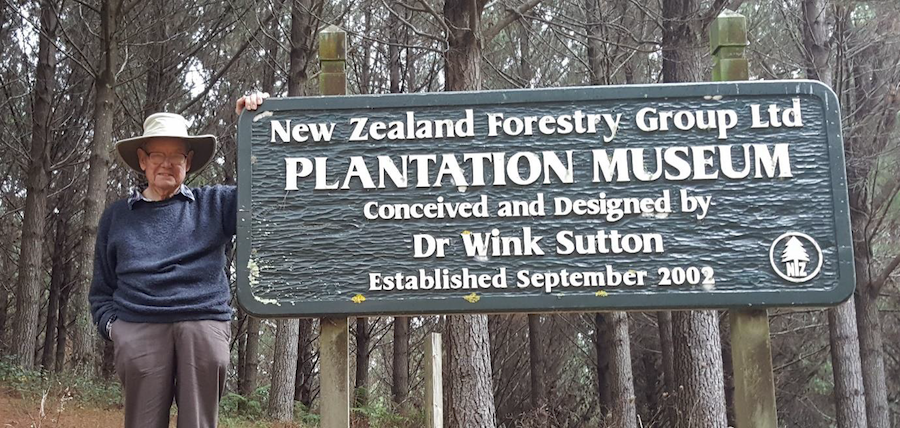Selective harvesting our indigenous forests
From New Zealand Tree grower November 2017

Indigenous forests are living ecosystems. In untended indigenous forests the total standing volume usually only varies by a small amount. Although old trees die, fall over and rot on the forest floor, any volume loss is soon made up by the growth of the remaining trees. If trees did not decay an indigenous forest which survived a thousand years would have a thousand year’s of wood accumulated on the forest floor. The gap in the canopy allows more sunlight to reach the forest floor. This sunlight facilitates natural regeneration.
For several centuries foresters in the European indigenous forests have successfully practised selective harvesting. Trees are harvested before they die naturally. As well as providing more crown space for trees that remain, the wood harvested is sold to provide income and to ensure that indigenous wood is available to local wood users. Similar management systems are now practised in indigenous forests around the world. Such a forest management system for our indigenous forest was proposed by the first professional forester to comment on our forests − Captain Innes Campbell Walker in his report of 1877.
Are New Zealand’s indigenous forests so unique and so fragile that they cannot be selectively harvested? If our indigenous forests are unable to be selectively harvested our forests must be the exception, as most of the world’s forests can be. Because almost all indigenous forests have been transferred to the Department of Conservation and as such ownership generally prohibits any harvesting, the only selective harvesting possible is in the small area of privately owned indigenous forests. Selective forest management in podocarp forests was trialled in the 1960s and 1970s by the former Forest Service but, because selective harvesting was portrayed as being destructive, such trials were stopped with the transfer of most of our indigenous forests to the Department of Conservation. Although the general public is largely unaware, there are at least two examples of such systems being successfully applied in New Zealand’s beech forest.
Pressure from politicians and environmentalists stopped further selective harvesting trials in our indigenous forests. The trials that were established were successful. Now it is difficult to distinguish those areas that were selectively harvested from those areas that were left untouched.
Foresters, politicians and environmentalists want the same objective − healthy indigenous forests. Foresters want to responsibly manage some of our indigenous forests to provide a return as well as access to the indigenous timber. Foresters have been wrongly portrayed by publicity seeking environmentalists, politicians and much of the media as forest destroyers, which clearly they are not.
The Department of Conservation controls about a third of New Zealand’s land area but is prohibited from harvesting indigenous trees. This deprives itself of any financial return as well as depriving the public access to indigenous timber – fallen trees are just left to rot on the forest floor. As the Department of Conservation is grossly under-funded, responsible selective harvesting of some of our indigenous forests could go some way to providing income as well as providing New Zealanders with access to indigenous timber. Responsible harvesting could be done, as it is in France, Germany and Switzerland for example, without any loss of the recreational, scenic, biodiversity or other forest values.
Disclaimer: Personal views expressed in this blog are those of the writers and do not necessarily represent those of the NZ Farm Forestry Association.

No posts yet
Add a post